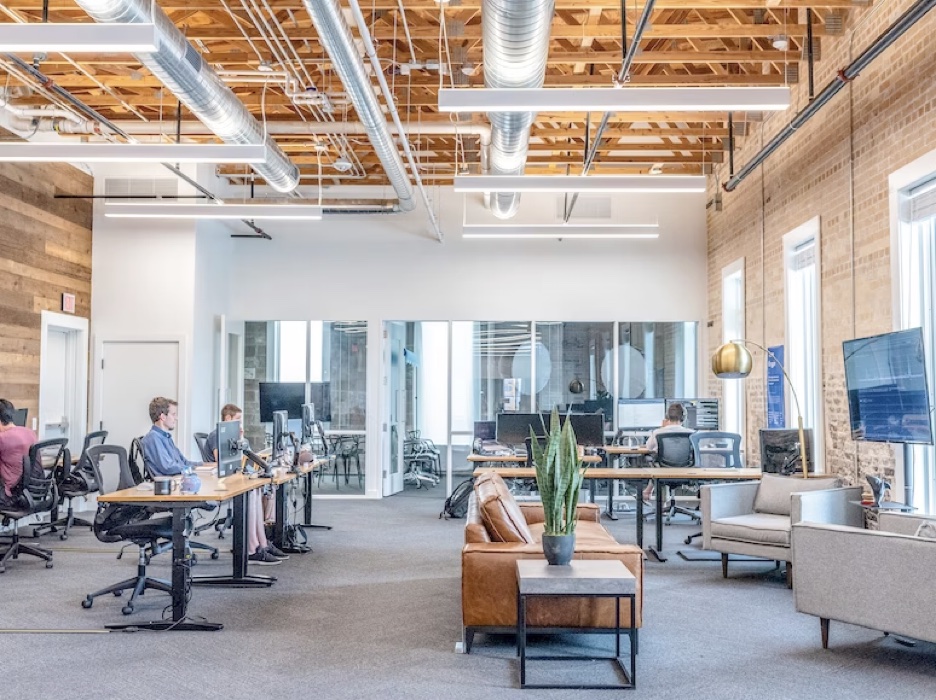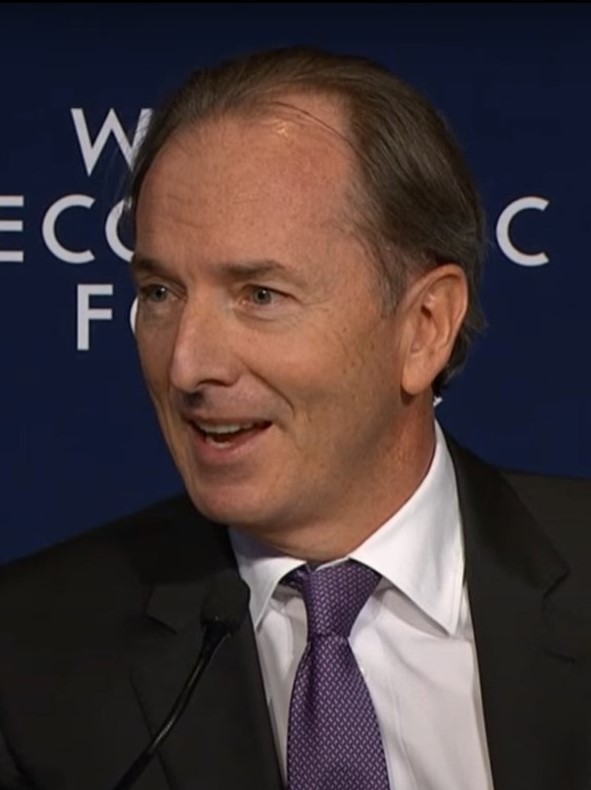
If you’re a self-managing landlord looking to grow your portfolio this year, there are a few key things to keep in mind. Cashflow will be key as prices are expected to continue to rise, while interest rates also rises. This means that cash-on-cash returns will be lower than they have been in recent years, so it’s important to focus on properties with strong cashflow potential.
Similarly, cap rates are expected to compress further as demand for rental properties remains high. This means that yields on investment properties are likely to be lower than they have been in the past, so it is important to carefully consider each investment before making a decision.
Overall, the housing market is expected to remain strong in 2022, with prices continuing to rise and interest rates remaining low. Self-managing landlords should focus on cash flow and cap rate.
First, cash flow is king. Make sure you’re aware of your monthly cash flow situation and work to improve it where possible. One way to do this is by keeping an eye on the prices of properties in your area and snapping up good deals when they become available. Given the current environment, investors may find it difficult in some areas.
In certain hot markets, most properties available on the market cannot cashflow, yet investors are still weighing in due to the expectation of rising inflation. This is not cash flow investing; this is speculation. So, it’s important to be patient and not feel the need to jump into a deal simply because other investors would. Rampant inflation due to failed monetary policy really boosted the housing market as many investors perceive it as an investment to hedge against inflation, instead of an investment vehicle for steady cash flow.
Another important factor is your portfolio’s overall capitalization rate (or “cap rate”). This is a measure of how much return you’re getting on your investment, and it’s something you’ll want to keep an eye on as you add new properties to your portfolio. If the cap rate of the subject property is less than the interest rate, it is a good idea to cash out and move on to the next deal.
A good cap rate is usually a few points above the financing interests. This way there is enough spread between the return and the cost of the loan for you to leverage. As the interest rate rises while prices and rent lose momentum and move sideways, the spread between property cap rate and financing interests is going away. While it’s not the end of the world if we cannot find a property with a high enough cap rate above the financing rate, we just need to make sure two things:
- There is enough downpayment into the property, so, it would still be cashflow after all mortgage, tax, interests, and insurance paid. For example, if paying 20% doesn’t get make the property cash flow, you might consider increasing it to 30%, or even 40%, just to make sure the property is self-sufficient.
- The cap rate is sufficiently high to expect a reasonable chance of the interest rate falling well below the current financing cost. For example, if you found a great deal with a cap rate of 9%, but your financing cost is also 9%, this isn’t necessarily bad, because looking back into history, there is a decent chance that we’ll see the interests rate falling well below 9% within the amortization period of the loan. So, if that happens, you can just refinance and increase your cash flow. However, if you found a deal with a cap rate of 5% and the financing cost is at 4%, it’s unlikely you’ll be able to refinance and significantly improve the cash flow. Despite the challenging cap rate, it’s still possible to find deals to expand your portfolio. Just be mindful of the cash flow and make sure you’re not over-leveraging your properties.
While you wait for the next deal to come onto the market, it’s also a good opportunity to work on your existing rental management process. To scale your portfolio in the long run, it’s really important to have an effective system for self-managing your rentals. This includes everything from finding and screening tenants to conducting regular maintenance and repairs.
By fine-tuning your self-management process, you’ll be able to run a leaner operation and free up more time to focus on finding new deals. In the meantime, it’s also a good idea to stay up-to-date on the latest trends in the real estate market so you can be ready to take advantage of opportunities as they arise. Self-managing landlords often use landlord websites, such as PortfolioBay, for turnover lead management, online payment, and accounting to save time and money. PortfolioBay is free for self-managing landlords and has been gaining popularity among landlords. So, if you don’t find your next deal immediately, it’s worth trying out your existing rental properties, so, you’ll spend less time managing the rental operations and more time thinking about your acquisition strategy.
So, how to grow your portfolio in the current state of the market? First, be really really patient and understand that whatever deal you get into, it should cash flow from day one. You should pay out of pocket each month to have a rental property, instead, the rental property should put money into your pocket each month. In some markets, having cash flow might be difficult, so, be ready to pay more in the down payment as well. The second is to keep a close eye on the cap rate of anything you buy and make sure it’s sufficiently high. So, while the cash flow isn’t perfect right now, you’ll still have a decent chance of it improving a few years down the road. Lastly, while waiting patiently, you can try to use a website like PortfolioBay to further streamline your rental management, so, your entire rental portfolio takes less of your time and is more scalable.
By following these tips, you can weather the current market conditions and position yourself to take advantage of opportunities as they arise. With a little patience and perseverance, you can continue to grow your rental portfolio even in a challenging market.
Interesting Related Article: “5 Reasons for Landlords to Adopt Online Rent Payments“









